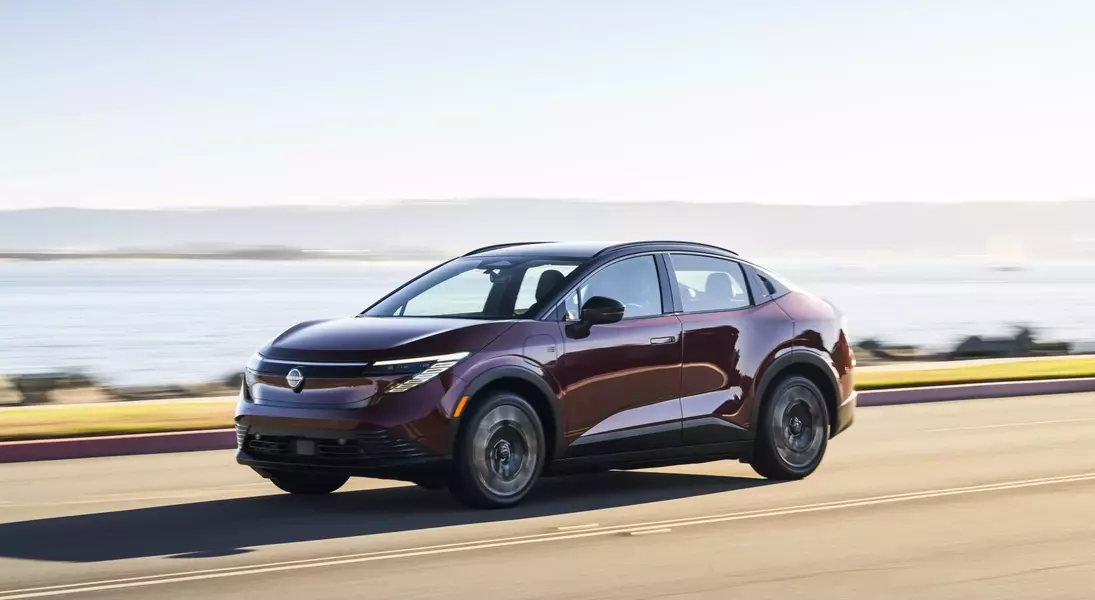
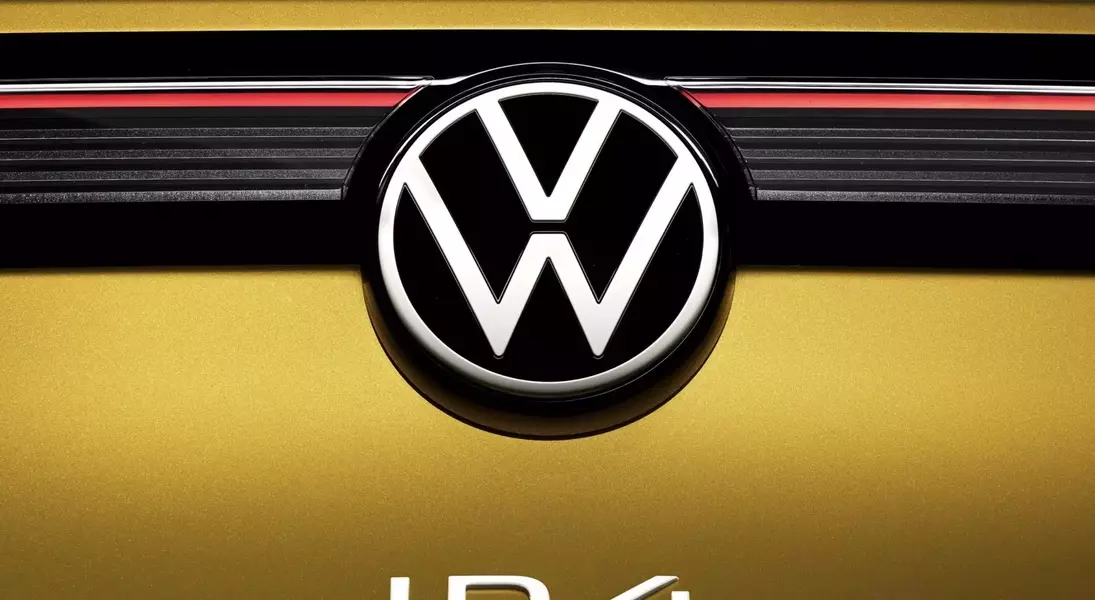
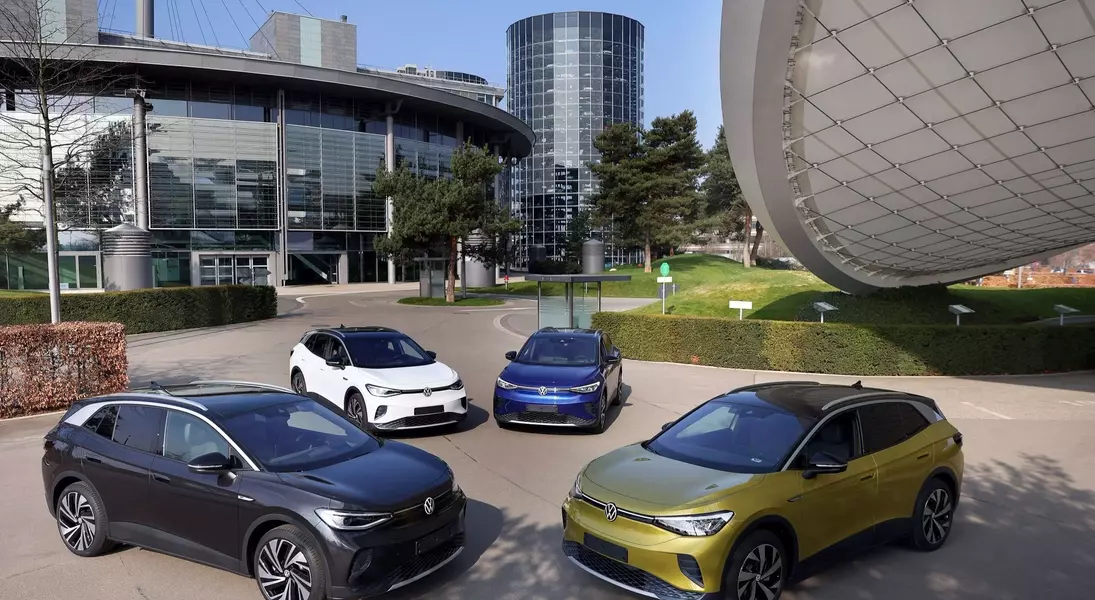
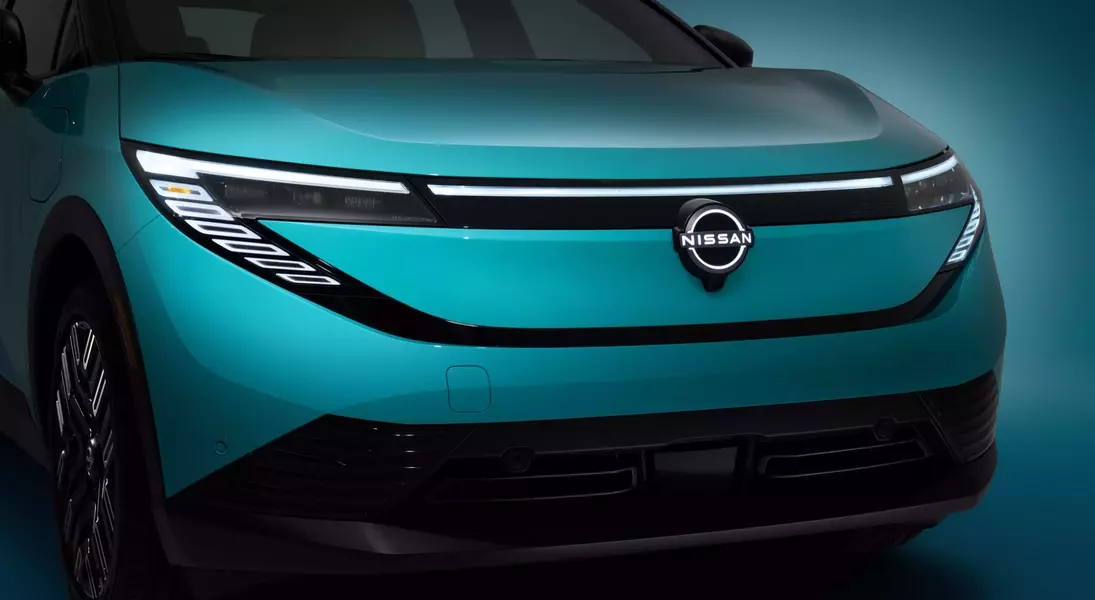
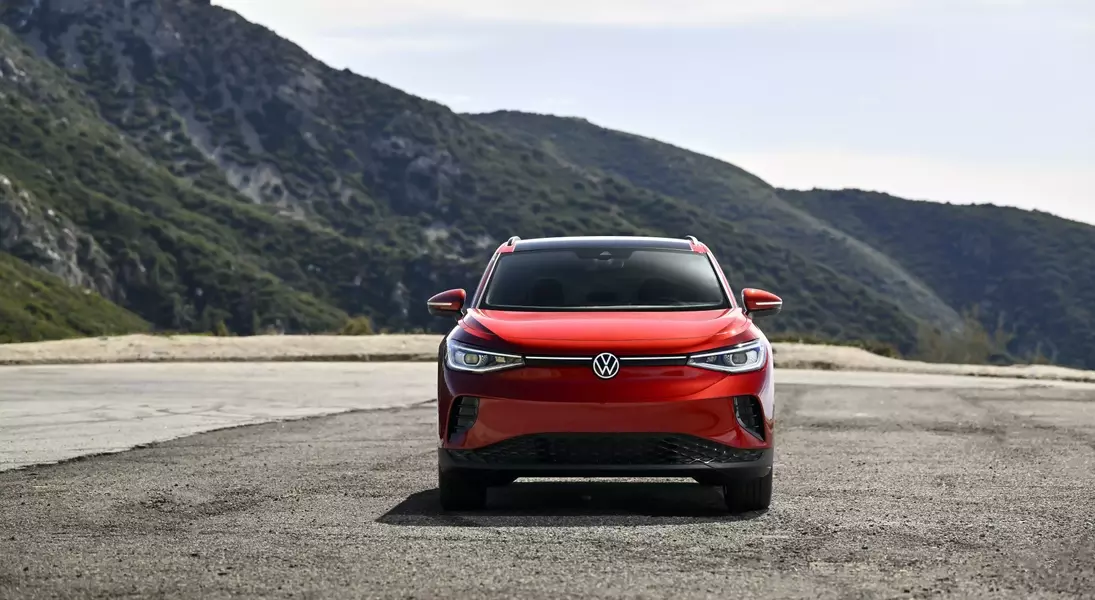



The Volkswagen ID.4, designed to spearhead the brand's electric vehicle ambitions, aims to offer an accessible entry into the world of electric mobility. With battery choices extending to 82 kWh and a projected range of up to 291 miles, the ID.4 promises practicality and efficiency. Yet, despite these specifications, the question remains whether it truly distinguishes itself in an increasingly competitive EV landscape.
Despite impressive figures like 201 to 335 horsepower and 402 lb-ft of torque, the ID.4's real-world driving experience often falls short of excitement, delivering a competent but uninspired ride. Its claimed range of 290 miles is subject to real-world factors such as climate control and highway speeds, often resulting in a 20-30 mile reduction, which can trigger range anxiety among drivers. The enduring issue of lengthy charging times, with fast charging sessions demanding approximately 45 minutes for a full charge, further highlights the persistent challenges facing mainstream EVs. The Nissan Leaf, once a trailblazer in affordable electric cars, is being reimagined as a crossover for 2026. Despite a larger battery and improved range, it still lags behind the ID.4 in overall power and refinement. Both vehicles grapple with range concerns, charging infrastructure limitations, and driving experiences that, while functional, do not ignite passion.
Internally, the ID.4 boasts a spacious cabin, offering 37.6 inches of rear legroom and up to 64.2 cubic feet of cargo capacity. The 2025 model's updated infotainment system, featuring a large touchscreen with seamless Apple CarPlay/Android Auto integration, aims to enhance user experience. However, some interface eccentricities persist, reflecting a tendency among EV manufacturers to prioritize novelty over intuitive design. While the ID.4 is a capable electric crossover, providing comfort, a reasonable range, and contemporary technology, it ultimately fails to introduce groundbreaking advancements. Issues like range anxiety, extended charging durations, and a lack of exhilarating performance continue to be significant barriers not only for Volkswagen but for the entire EV sector. Both the ID.4 and the new Leaf, while improved, struggle to push the boundaries of electric vehicle development, suggesting a stagnation in innovation within the mainstream market.
The journey towards a fully electrified automotive future is filled with immense potential, promising cleaner air, reduced reliance on fossil fuels, and a more sustainable planet. Each new electric vehicle, despite its current limitations, represents a crucial step forward in this evolution. It is through continuous refinement and a commitment to addressing challenges like range anxiety and charging infrastructure that we will unlock the true transformative power of electric mobility, fostering a future where innovative, accessible, and thrilling electric vehicles are the norm, not the exception.
